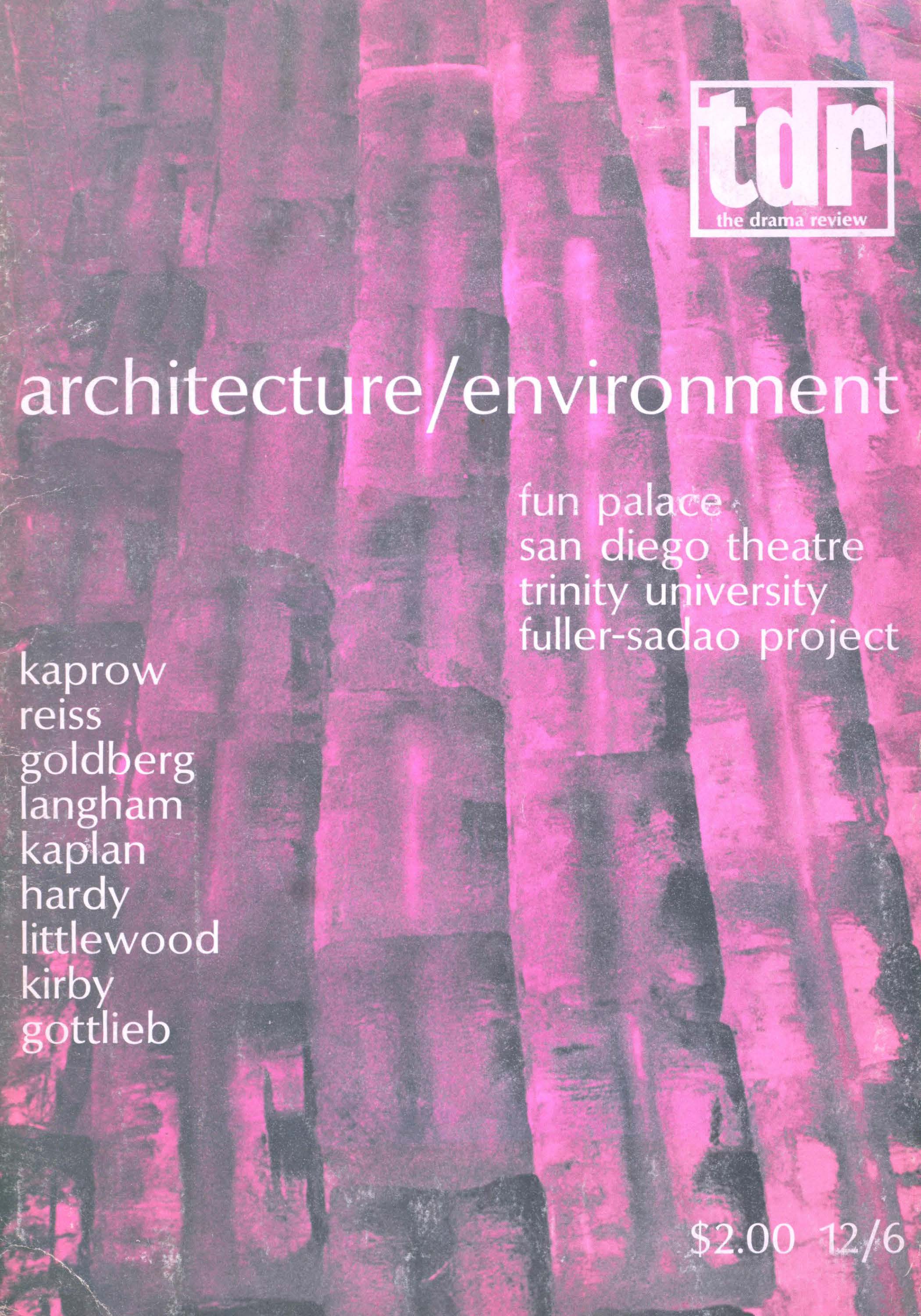Extract
When the appearance of work changes radically, one generally can also assume that the underlying concerns governing the work have shifted. While the hypothesis of that statement definitely applies to my work, the conclusion does not, and I find myself reflecting on aspects of continuity rather than discontinuity, particularly with regard to the involvement of the spectator.
In 1964, one of my dances took place on a street in lower Manhattan. It was observable to an audience from the windows of a loft located on the opposite side of the street. The dance was entirely based on its found surroundings, and performers, myself and one other, essentially blended in with the other activity that was going on in the street. From time to time, however during the six-minute duration of the dance, we were engaged in pointing out various details and/or irregularities in the facades of the buildings: lettering and labels, the assorted content of displays in the store fronts (sheets, pillow cases, etc.).
- Type
- Post-Modern Dance
- Information
- Copyright
- Copyright © 1975 The Drama Review
Footnotes
The title photograph by Babette Mangolte is of a piece by Lucinda Childs entitled Calico Mineline. It was performed in 1973 at the Whitney Museum of American Art in New York City. From left in the photograph: Childs, Janice Paul, Judy Padow, and Susan Brody.
- 4
- Cited by


